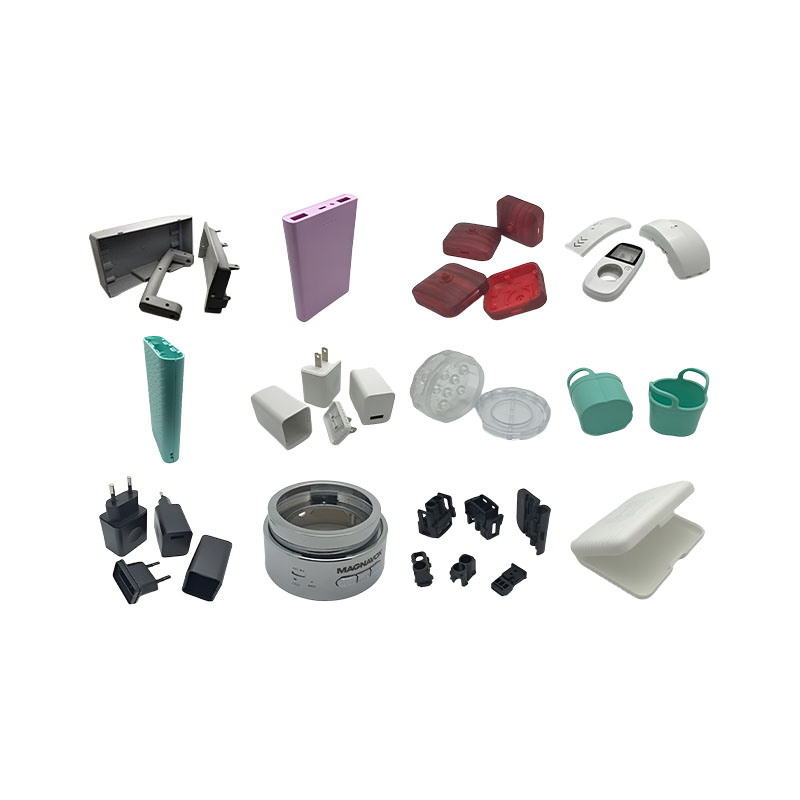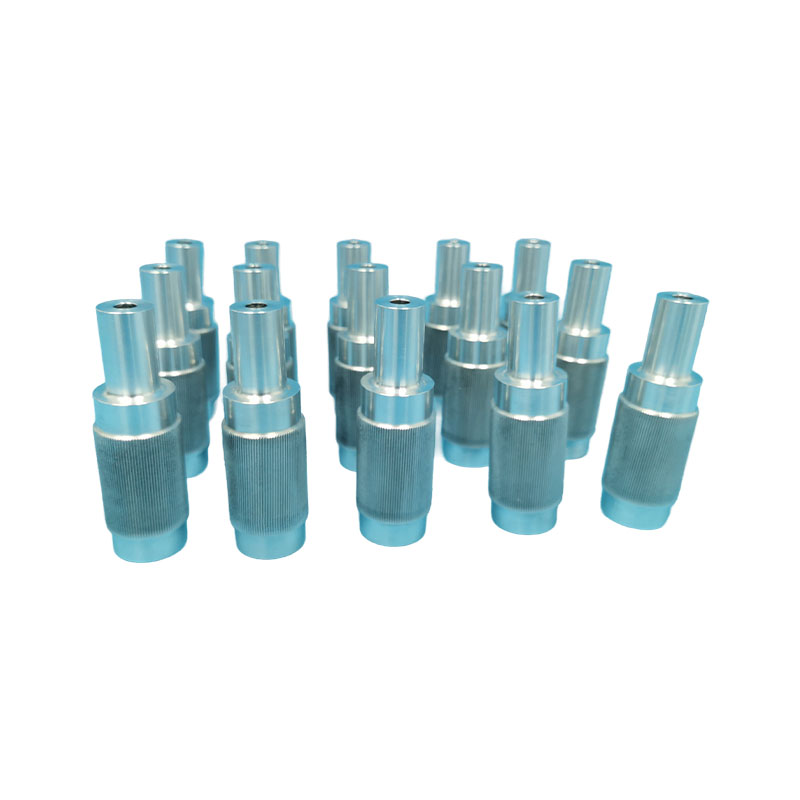How to effectively clean the surface residue after ct button laser engraving?
Release Time : 2025-10-30
If the residue left on the surface after CT button laser engraving is not thoroughly cleaned, it will not only affect the button's appearance and texture but may also interfere with subsequent painting, assembly, and even reduce the button's lifespan. Therefore, mastering scientific and effective cleaning methods is crucial, requiring a comprehensive approach that considers multiple aspects, including the causes of residue, the selection of cleaning tools, physical cleaning methods, chemical cleaning methods, standardized cleaning procedures, handling of special situations, and preventative measures.
During CT button laser engraving, the formation of residue is closely related to laser energy, material properties, and the engraving process. When a high-energy laser beam instantly vaporizes the material, some of the incompletely vaporized molten material adheres to the button surface, forming slag. Simultaneously, impurities or additives in the material decompose at high temperatures, potentially producing carbides or oxides, further exacerbating residue formation. Furthermore, insufficient flow or improper direction of the auxiliary gas (such as nitrogen or oxygen) during engraving can prevent the timely dispersal of molten material, leading to residue accumulation. Therefore, it is necessary to analyze the composition and morphology of the residue before cleaning to select a targeted cleaning method.
The choice of cleaning tools directly affects the cleaning effect and efficiency. For precision parts like CT buttons, non-destructive tools such as soft-bristled brushes, lint-free cloths, or compressed air spray guns should be prioritized. Soft-bristled brushes can remove loose slag from the surface, but care must be taken to ensure the bristles are soft to avoid scratching the button surface. Lint-free cloths are suitable for wiping away minor residues; when wiping, operate gently in the same direction to prevent the residue from spreading. Compressed air spray guns can quickly blow away residues in crevices or grooves, but the air pressure must be controlled to avoid button displacement or secondary contamination due to excessive airflow.
Physical cleaning methods are the fundamental approach to removing residues. For loosely attached slag or dust, a soft-bristled brush or compressed air can be used directly. If the residue is tightly bonded to the button surface, ultrasonic cleaning technology can be used. Ultrasonic cleaning generates microbubbles through high-frequency vibration; the impact force released when these bubbles burst can peel off the residue, making it particularly suitable for cleaning residues in complex structures or tiny crevices. However, it is crucial to strictly control the time and power of ultrasonic cleaning to avoid button deformation or damage to internal components due to excessive vibration.
Chemical cleaning methods are suitable for residues of oil, oxides, or stubborn carbon deposits. For oil stains, neutral or weakly alkaline cleaning agents can be used to dissolve the grease through soaking or wiping. For oxides or carbon deposits, acidic cleaning agents (such as dilute hydrochloric acid or phosphoric acid) are required, but the concentration and reaction time must be strictly controlled to avoid corroding the button surface. After chemical cleaning, rinse immediately with clean water and dry with a lint-free cloth or compressed air to prevent residual cleaning agent from causing secondary damage to the button.
Standardizing the cleaning process is crucial to ensuring cleaning quality. Before cleaning, wear anti-static gloves to avoid contaminating the button with sweat or grease from your hands. During cleaning, follow the principle of "physical before chemical, simple before complex," that is, first try cleaning with a soft brush or compressed air; if unsatisfactory, consider ultrasonic or chemical cleaning. After cleaning, conduct a thorough inspection of the button to ensure no residue is missed, paying particular attention to easily overlooked areas such as button edges and holes.
Special cases require special handling. If the residue on the button surface is a polymer or adhesive that is difficult to dissolve, you can try wiping it locally with an organic solvent (such as acetone or alcohol), but you must first test the solvent's compatibility with the button material in an inconspicuous area. If the button has a multi-layered structure or contains internal electronic components, avoid using ultrasonic cleaning or chemical cleaning to prevent liquid from seeping into the interior and causing short circuits or corrosion.
Preventing residue formation is more important than cleaning afterward. Optimizing the laser engraving process is the fundamental measure. This can be achieved by adjusting parameters such as laser power, pulse width, and frequency to reduce the generation of molten material. At the same time, properly setting the auxiliary gas flow rate and direction ensures that molten material is promptly dispersed. Furthermore, using high-quality CT button materials and reducing impurity content can also lower the risk of residue formation.







